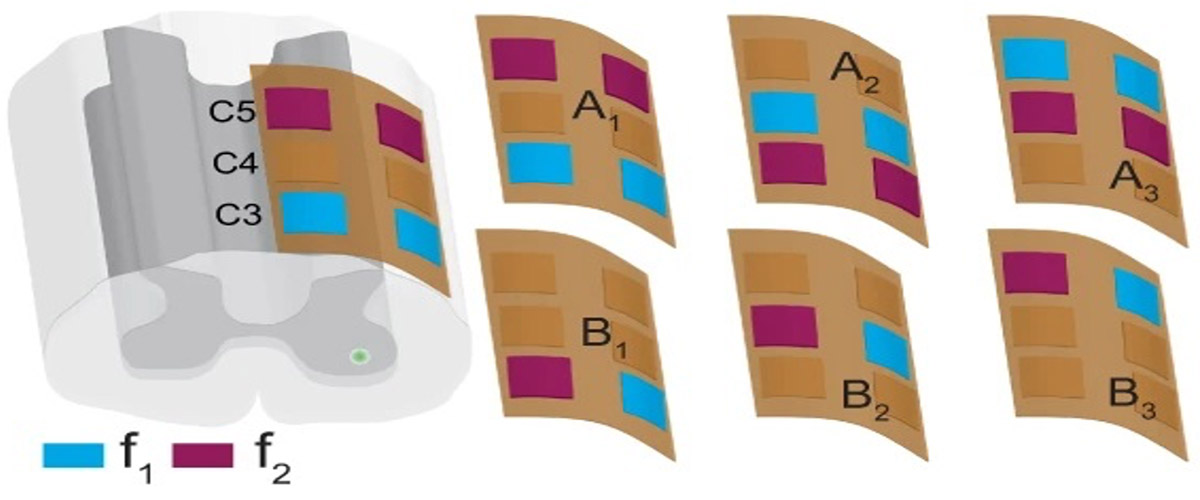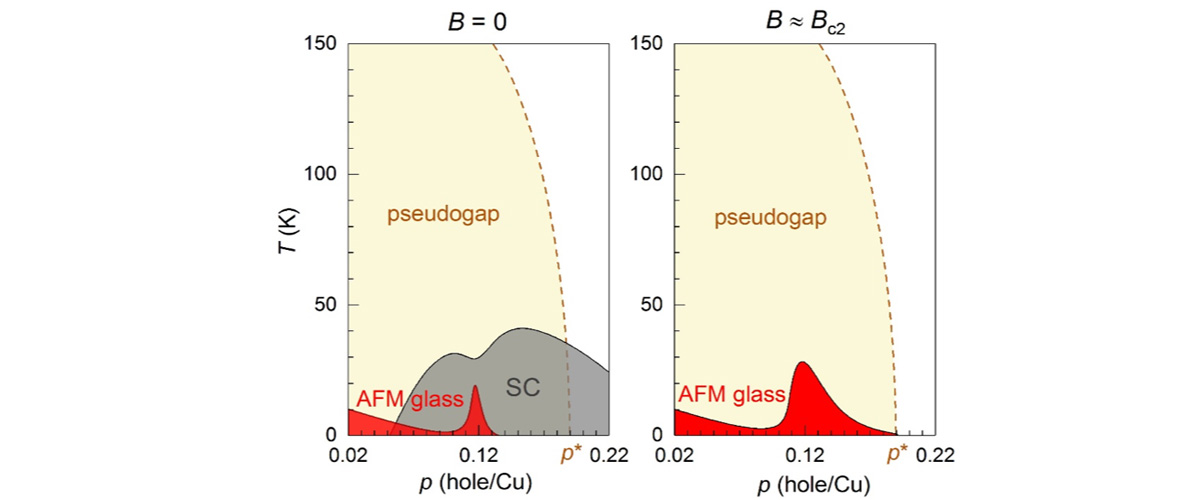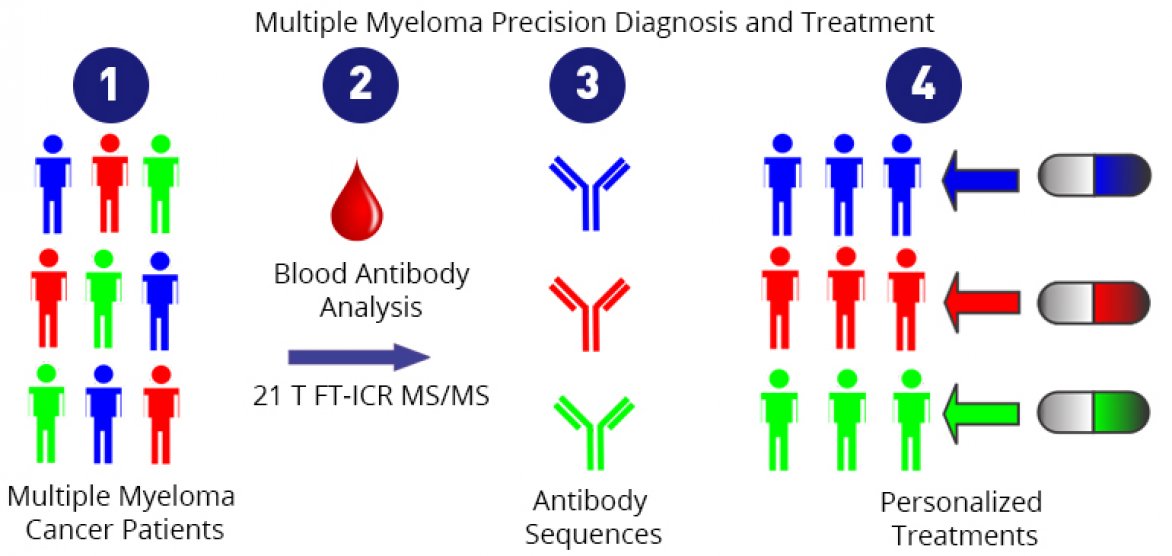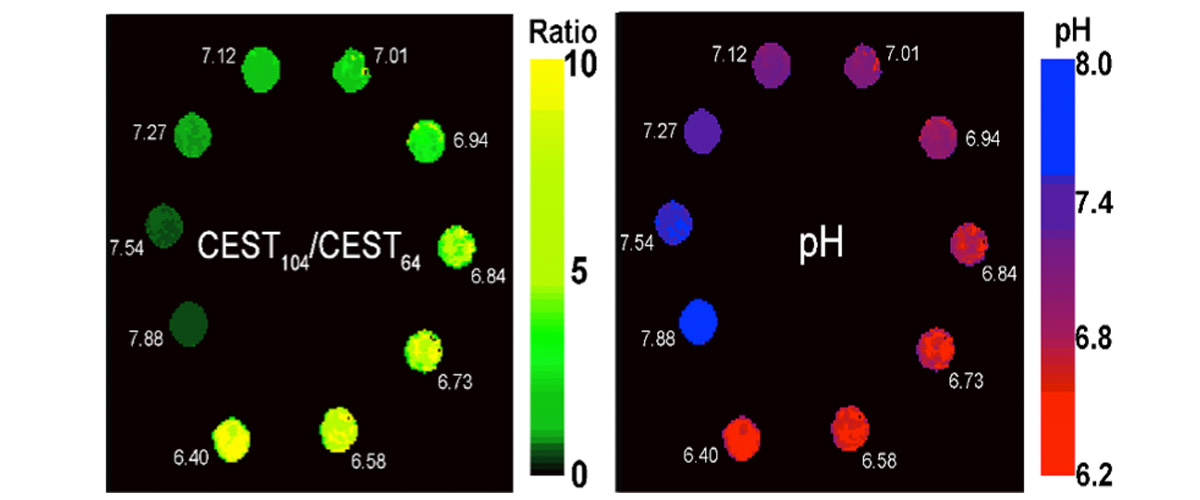What did the scientists discover?
Rhythmic electrical stimuli can activate motor neurons to restore adequate ventilation and prevent fatal interruption of breathing. Researchers characterized the evoked response to this type of electrical activation in a rat model of opioid overdose to restore ventilation and arterial blood oxygenation (see figure).
Why is this important?
Respiratory insufficiency is a leading cause of death from opioid overdose. Electrical stimulation under a temporal interference protocol could be used to restore breathing while responders apply other life-saving treatments. Electrodes placed quickly onto the neck may be used to activate the diaphragm with rhythmic stimulation to produce a respiratory rate of 12-16 breaths per minute. Additionally, this method may be introduced through epidural application directly to the cervical spine to prevent fatal cessation of breathing in patients with chronic spinal cord injury, providing an attractive alternative to manual ventilation techniques.
Who did the research?
M.D. Sunshine1, T.H. Mareci1,2, K.J. Otto1, D.D. Fuller1
1University of Florida; 2National MagLab - AMRIS Facility
Why did they need the MagLab?
The 4.7 Tesla MRI scanner at the AMRIS Facility was used to collect neurological and physiological data from rat models and, importantly, to verify optimal placement of intramuscular electrodes to determine which configurations could sufficiently activate the diaphragm.
Details for scientists
- View or download the expert-level Science Highlight, Restoration of breathing after drug overdose and spinal cord injuries
- Read the full-length publication, Restoration of breathing after opioid overdose and spinal cord injury using temporal interference stimulation, in Communications Biology.
Funding
This research was funded by the following grants: Boebinger (NSF DMR-1644779); Sunshine (NIH F31HL145831); Fuller (NIH R21NS109571)
For more information, contact Joanna Long.






